On Monday morning, voting began to elect the new ‘First Peoples’ Assembly of Victoria‘. This ‘voice for Aboriginal communities’ seeks to represent all ‘self-identifying’ Victorian aboriginals in a process which will establish a ‘treaty or treaties’ with the Victorian State Government.
The election will decide 21 of 32 ‘gender-balanced’ seats on the new Assembly, with the remaining 11 set aside for a kind of aboriginal House of Lords, appointed (or ‘self-determined’) by a network of ‘Traditional Owner Groups’ or ‘Aboriginal Corporations‘.
The Assembly’s primary roles will be to set up (but are not limited to):
- ‘The Treaty Authority’, which will oversee the treaty process
- ‘The Treaty Negotiating Framework’, which will dictate the form the negotiations will take
- ‘A Self-Determination Fund’, to create a ‘level-playing field between the Assembly and the Victorian State Government’, and to ‘give autonomy and funding to Aboriginal communities for important matters’.
- And ‘A Voice for Elders’ which will allow ‘Elders’ to hold the Assembly ‘culturally accountable’.
First conceived of in February 2016, the Assembly is the government’s latest attempt at overcoming the main obstacle in their long march towards creating a treaty with Aboriginal Victorians. Defined as ‘a written agreement between two or more countries, formally approved and signed by their leaders‘, in order to have a treaty, you must first have an opposing country to sign it with.
Treaty Advancement Commissioner Jill Gallagher stated this problem when she admitted that “When the state government said they were ready to sit down as a sovereign entity to negotiate a treaty or treaties, I thought, oh my God now what do we do? Who do they talk to?”
The answer to her question is now being hastily constructed between the Victorian Government and a veritable corroboree of Aboriginal working groups, commissions, bodies and lobbyists. ‘The First Peoples’ Assembly’ is their attempt at creating the opposing country required to sign a treaty with them. It is a body that seeks to represent a separate and specific racial category of Australian, at the exclusion of others, and one which will have the sovereign power, and funding, to negotiate a treaty on ‘equal terms’ with the state government of Victoria.
Leaving aside the injuries such a body will inflict on the principle of equality before the law, ‘one man, one vote’ and the very sovereignty of our state, just how representative of Aboriginal Victorians will this ‘Assembly’ be? At the last census, there were 47,788 Aboriginals residing in Victoria. According to the election authority, they were proud to have ‘over 2000 people enrol to vote’, as of when voting commenced. An enrolment rate of roughly four per cent of the population (let alone counting how many actually cast their votes) is a perhaps slightly vexed definition of ‘representative’, even by the standards of seasoned activists.
Yet even if voter turnout were higher, the creation of a Victorian parliament of Aboriginals would remain an absurdity. The Aboriginal cultures that dwelt roughly in the area of what is now Victoria were widely varied, very often at war with one another and spoke approximately 38 different languages, within 11 separate language families.
While treaties such as the 1840 Treaty of Waitangi with the New Zealand Maori are often invoked to lend credibility to the treaty cause, the Maori had a recognisable leadership structure, enough of a common culture and enough of a complex yet unified political structure for 540 tribal leaders to be able to negotiate and sign the document with what was then, to them, a foreign government.
Such a unity of politics, law, custom, language and religion simply never existed in Victoria, let alone Australia, and it certainly does not exist today; Aboriginal Australians are now little different from any other, save for an occasional matter of circumstance and skin complexion. Indeed, the immense diversity of historical Aboriginal groups requires that the only reasonable source for the validity of a unified body, separate from the rest of Australia, lie in a plain racial categorisation
This is roughly what the claimants of the new Aboriginal sovereign power propound; they do not represent a genuinely established political entity, but are rather engaged in the shallow and arbitrary construction of an entirely novel, race-based political force, whose patronising claims of ‘mob’ identity consist of little more than the reverential prostrations of welcome-to-country ceremonies, the sentimental worship of Mother Gaia through ‘the land’ and the sycophantic invocation of the term ‘deadly’ as often as possible.
Despite the impressive cultural continuity and history of the Victorian aboriginal tribes, there has never been a united Victorian political entity with which it would be meaningful for the Victorian Government to treat, and there is not now. All the Aboriginal lobby’s new-found regalia and pomp of state, flag, ceremony, treaty and law are as foreign to the historical and diverse Aboriginal cultures around Victoria – and are as European in origin – as Marxism or the Treaty of Westphalia. And it is to a modern usage that they are applied.
Rather than being like the Mohawks, Onondagas, Oneidas, Cayugas, and Senecas, who united for mutual security to form the American Iroquois confederacy in the fifteenth century, the tribes that join together in these negotiations include the Victorian Treaty Advancement Commission, the Victorian Aboriginal Economic Board, the Aboriginal Affairs Policy team, the Aboriginal Treaty Working Group, the Aboriginal Community Assembly, the 12 Registered Aboriginal Parties under the Victorian Aboriginal Heritage Council and a constantly expanding ‘mob’ of government departments, bodies and quangos of a similar name and nature, all directly or indirectly remunerated through the public service.
As the Victorian Treaty Advancement Commission helpfully leaves open; ‘there may be many different aboriginal negotiating parties which work within the rules of the treaty negotiation framework.’ Each of these tribes are staffed with a very modern multitude of bureaucrats and activists, commanding a force larger than many of the tribes of pre-settlement Victoria, and all drawing their tithe from the annual $33.4 billion of direct government expenditure on aboriginal affairs.
A treaty of this nature and conducted in this fashion (with the decision to treat coming before the entity with which to form the treaty even exists) is unprecedented, and their edicts will be as illegitimate as John Batman’s exchange of mirrors and beads for 240,000 hectares of prime agricultural land around Port Phillip Bay, which Governor Richard Bourke rightly rejected in 1835.
Today, the beads and mirrors with which we treat are the vast reserves of government funds allotted to Indigenous affairs, and the political power offered to those whose pretensions and hollow invocations of ‘culture’ and the ‘deadly’ ‘mob’ say, to this day, that Aboriginal Australians should be treated differently from other Australians, and therefore require a different law, a different politics and a different government, separate from the rest of our successful, united and prosperous Australia, and under their control.
As William Buckley, a convict who lived with the Wathaurung Aboriginals for 32 years observed; ‘I looked upon the treaty as another hoax of the white man; simply to possess the inheritance of the uncivilised natives.’ What more convenient inheritance could there be for the political ambitions of Victorian progressives than the possession of a treaty, and of sovereignty itself?
Got something to add? Join the discussion and comment below.
Got something to add? Join the discussion and comment below.
Get 10 issues for just $10
Subscribe to The Spectator Australia today for the next 10 magazine issues, plus full online access, for just $10.

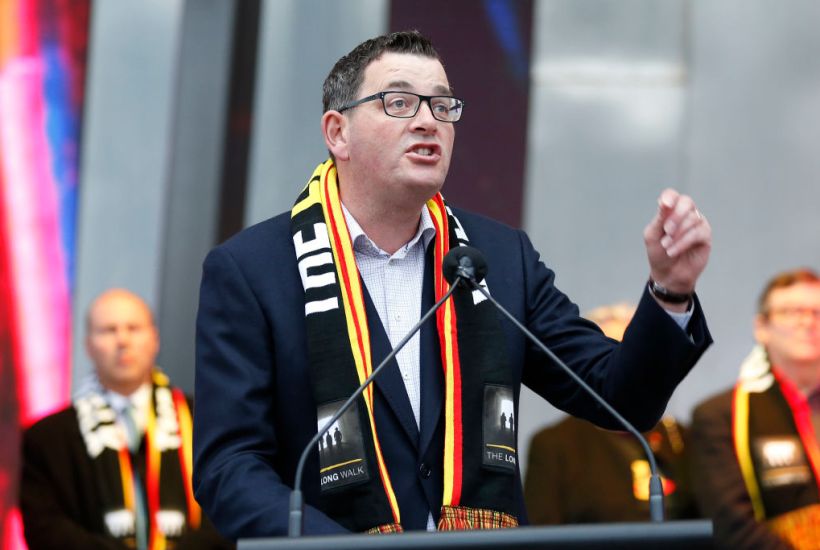
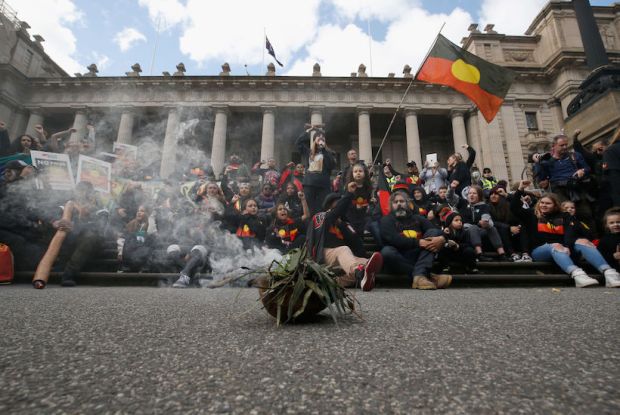
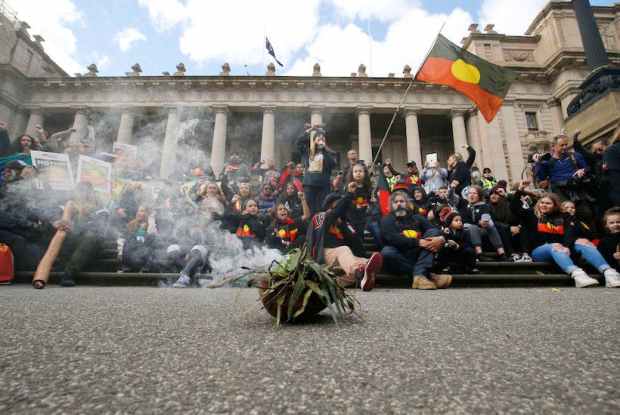
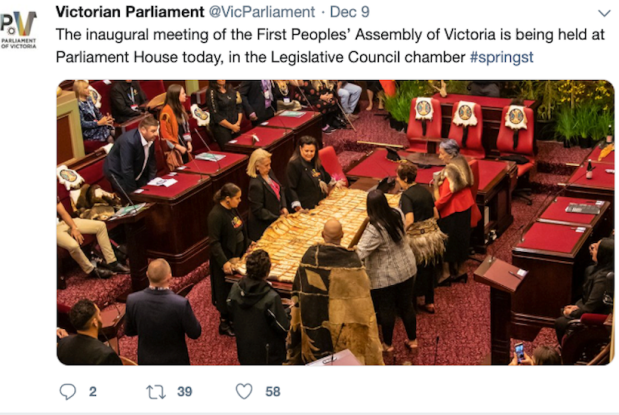
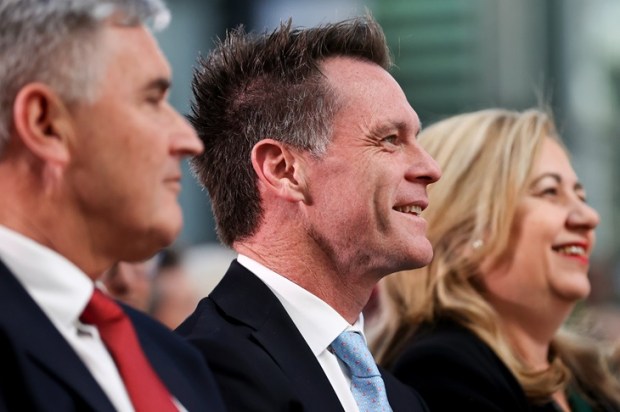




















Comments
Don't miss out
Join the conversation with other Spectator Australia readers. Subscribe to leave a comment.
SUBSCRIBEAlready a subscriber? Log in